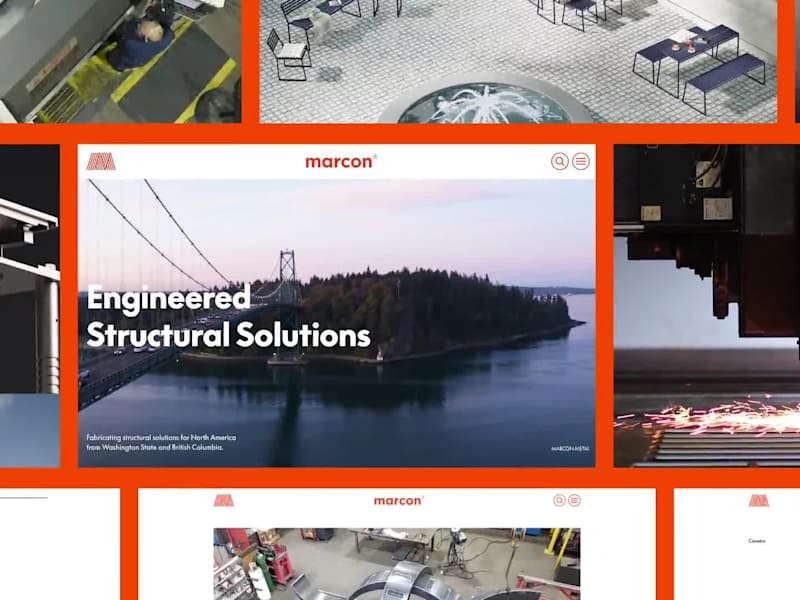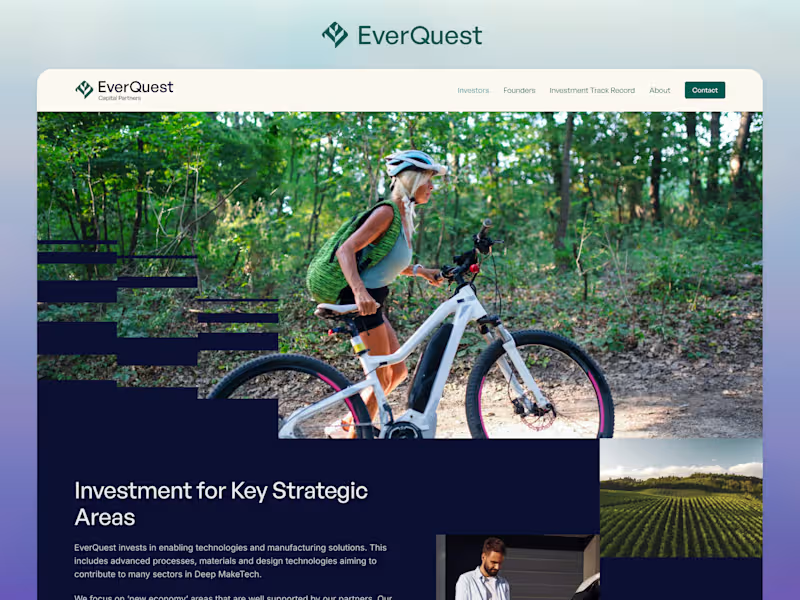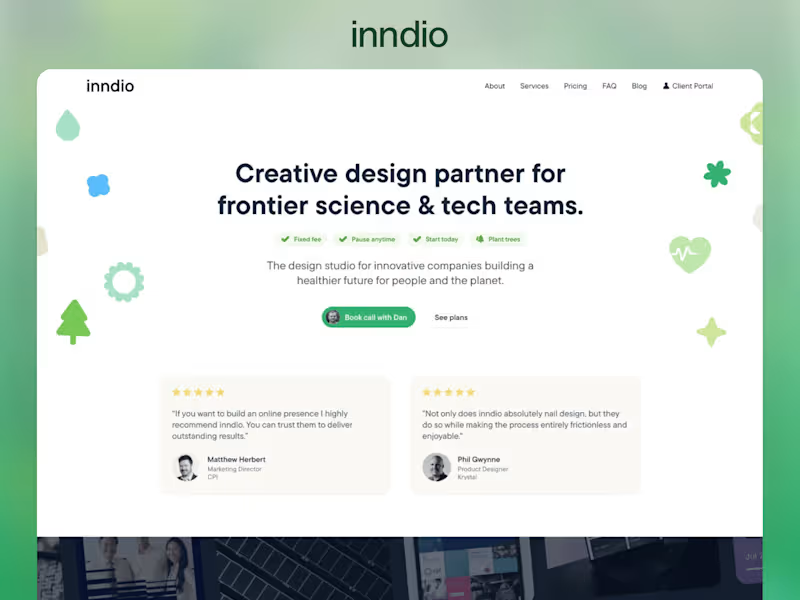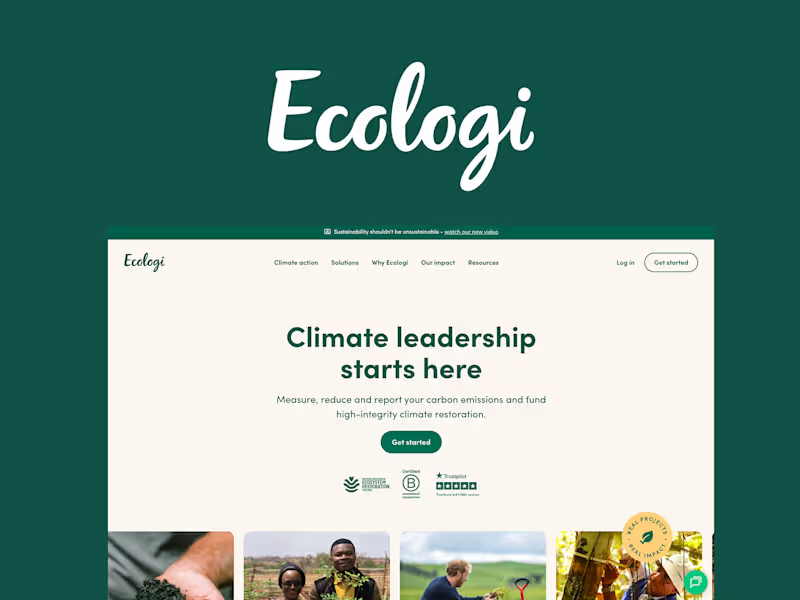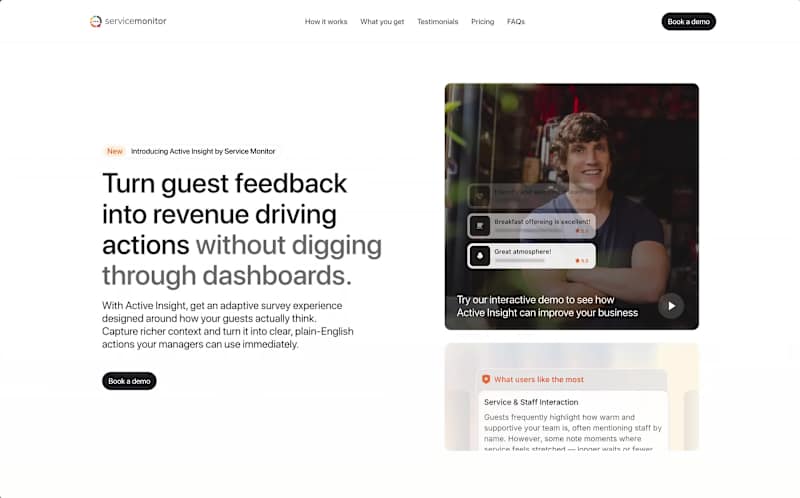What are the key skills to look for when hiring a prototyper?
When hiring a freelance prototyper, it's important to look for skills specific to prototype development, such as proficiency in prototyping tools like Sketch or Figma. A good prototyper should have strong design thinking capabilities and a keen eye for detail. They should also be able to communicate effectively, explaining their design choices and how they benefit the project.
How can I ensure the prototyper understands my project goals?
To ensure a prototyper understands your project goals, start by providing a detailed project brief. Clearly outline what you want to achieve with the prototype and any specific features it should include. Schedule a meeting to discuss the brief and invite questions to make sure everything is clear.
What should be included in a prototyping project timeline?
A prototyping project timeline should include all major milestones, such as initial design drafts, mid-project reviews, and final deliverables. Clearly defining these steps helps manage expectations and keeps the project on track. Include buffer time for revisions based on feedback to avoid unnecessary stress.
How can I establish clear deliverables for a prototyper?
Establish clear deliverables by discussing and documenting your expectations in detail. Specify what you want, including file formats, design elements, and interaction flows. Review and agree on these deliverables with the prototyper to ensure everyone is on the same page.
What should I include in a contract with a prototyper?
A contract with a prototyper should outline the project scope, timelines, deliverables, and payment terms. Ensure it includes details about ownership of the final prototypes and any confidentiality agreements. Having everything documented protects both you and the prototyper as the project progresses.
How can I gauge the progress of the prototyping project?
Regular updates and checkpoints help gauge the progress of a prototyping project. Ask for updates at each project milestone to ensure everything is on track. Tools and shared documents can also help track progress, making it easier to spot any potential issues early.
What are best practices for giving feedback to a prototyper?
Feedback should be clear, specific, and actionable to be most effective. Focus on the prototyping process and outcomes, providing examples when possible. Encourage an open dialogue with the prototyper to refine the design and achieve the best results for your project.
How do I determine the right level of detail for a prototype?
The level of detail in a prototype depends on its purpose. If the goal is to test a concept, a low-fidelity prototype may suffice. For more advanced testing or stakeholder demonstration, a high-fidelity prototype with more detail might be necessary. Discuss your needs and objectives with the prototyper to find the best approach.
What questions should I ask to evaluate a prototyper’s portfolio?
Evaluate a prototyper's portfolio by looking at the complexity and variety of projects they have worked on. Consider asking them about their design decisions on past projects to understand their approach. Look for projects similar to yours to see how their style fits your needs.
How can I maintain a good working relationship with a freelance prototyper?
Good communication and respect are key to maintaining a positive working relationship. Be open to suggestions and maintain a collaborative mindset throughout the project. Regular check-ins and mutual respect foster a productive environment and contribute to a successful partnership.
Who is Contra for?
Contra is designed for both freelancers (referred to as "independents") and clients. Freelancers can showcase their work, connect with clients, and manage projects commission-free. Clients can discover and hire top freelance talent for their projects.
What is the vision of Contra?
Contra aims to revolutionize the world of work by providing an all-in-one platform that empowers freelancers and clients to connect and collaborate seamlessly, eliminating traditional barriers and commission fees.

































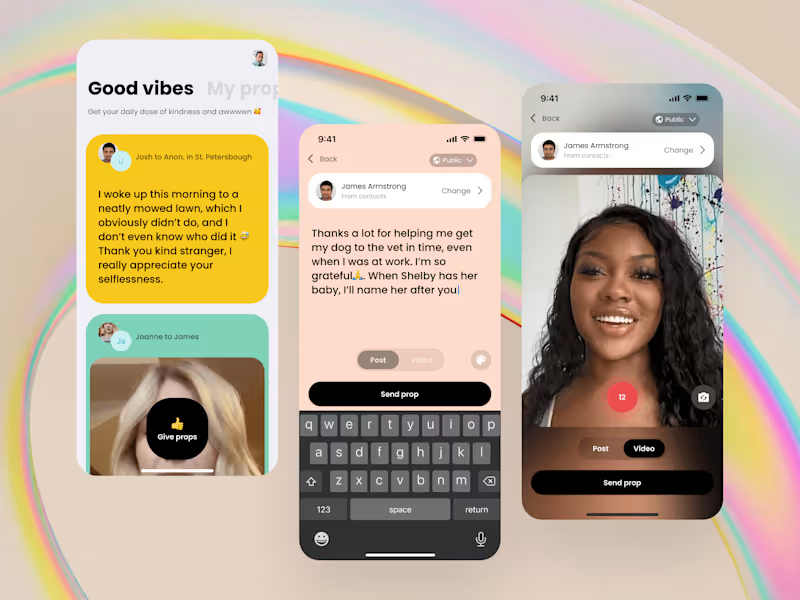


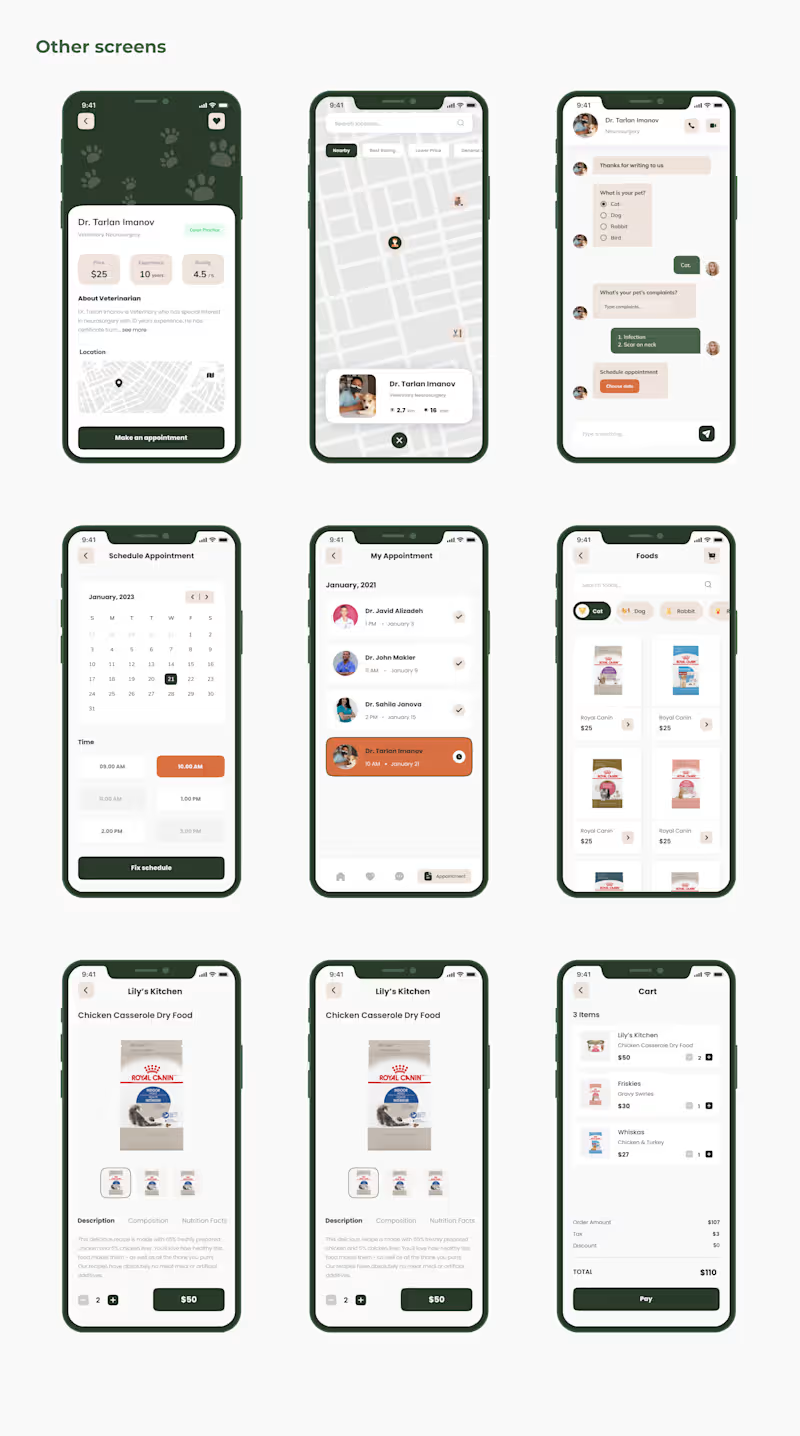
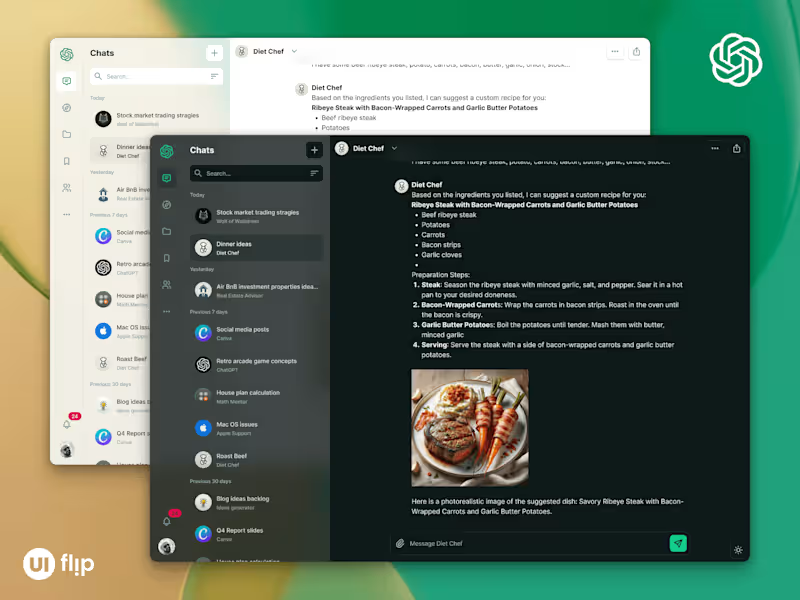


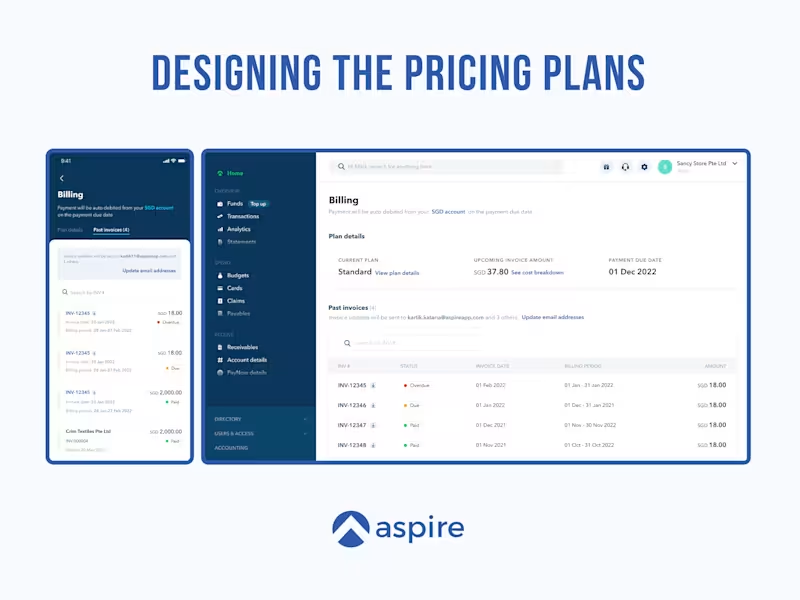

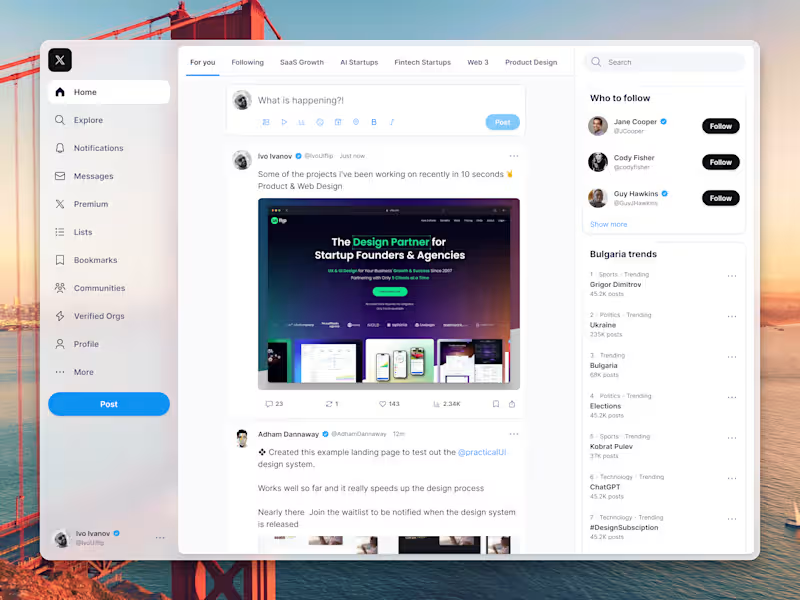
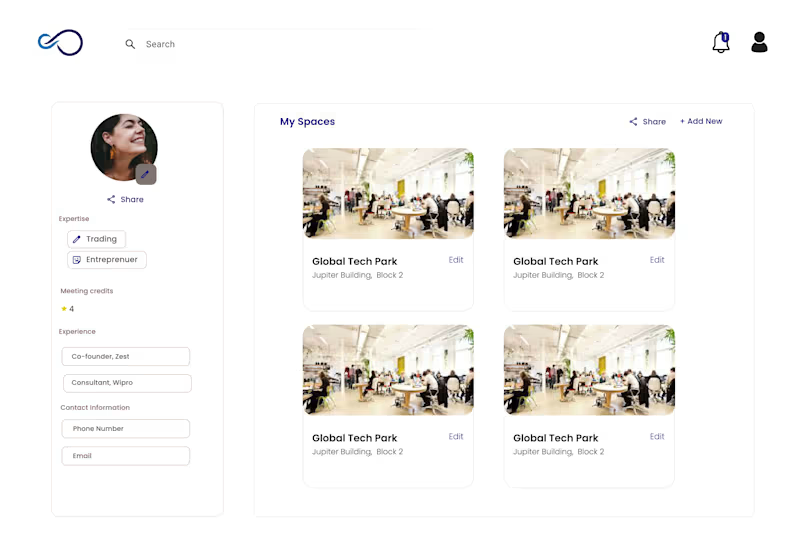
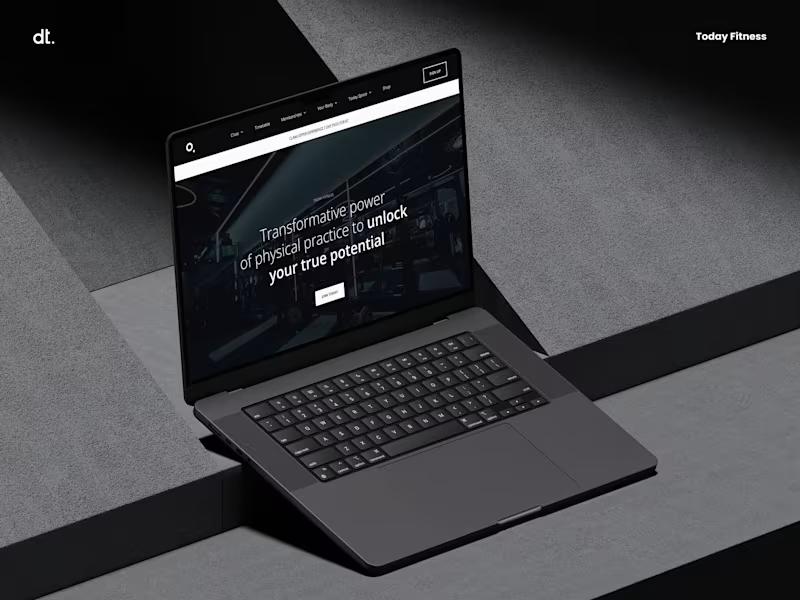

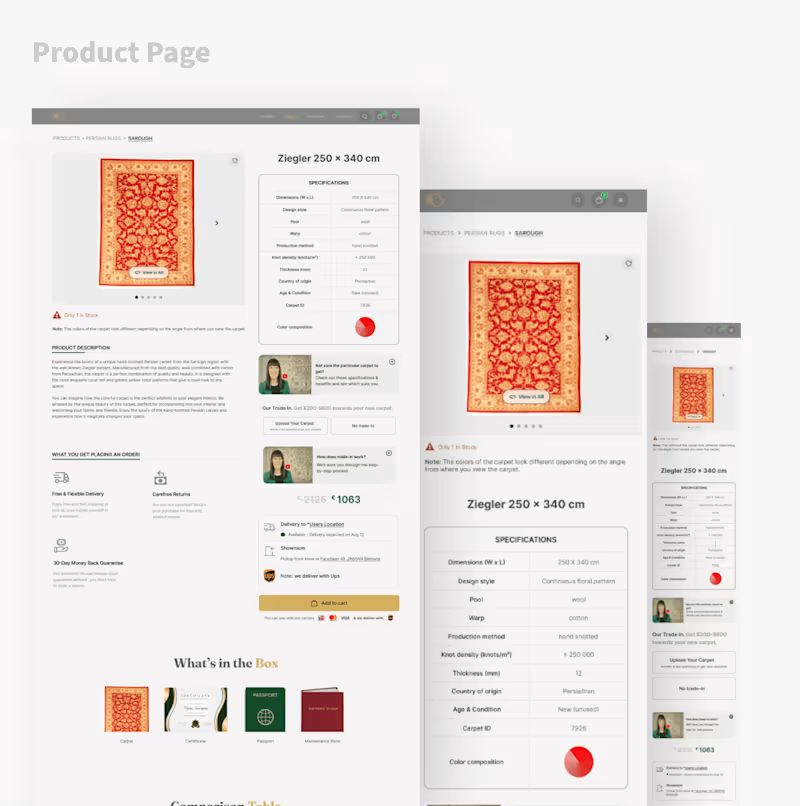
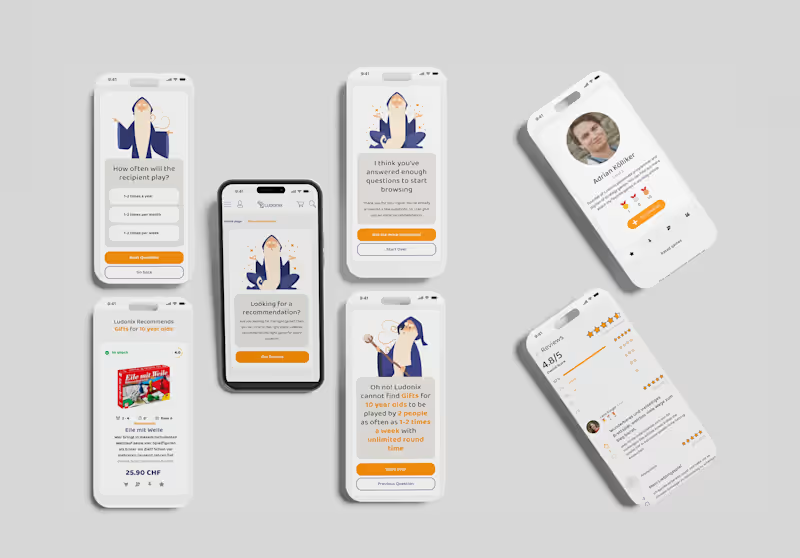



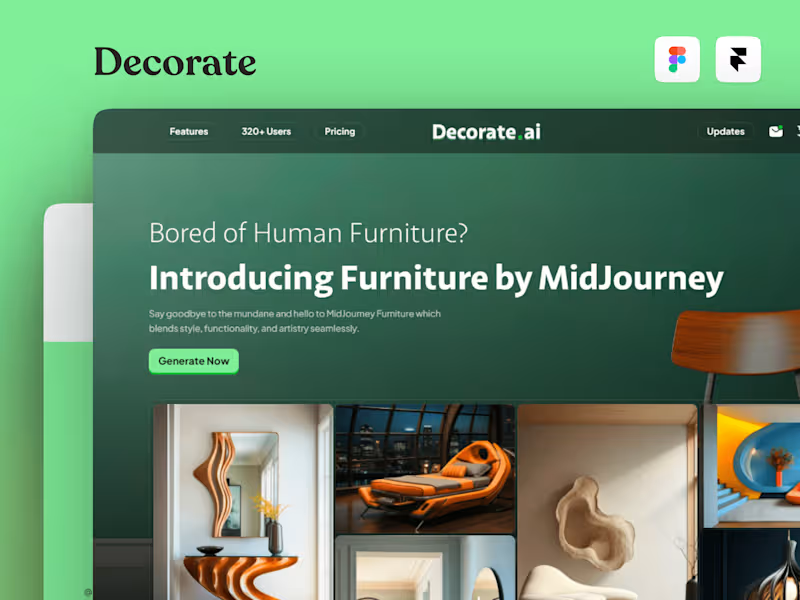
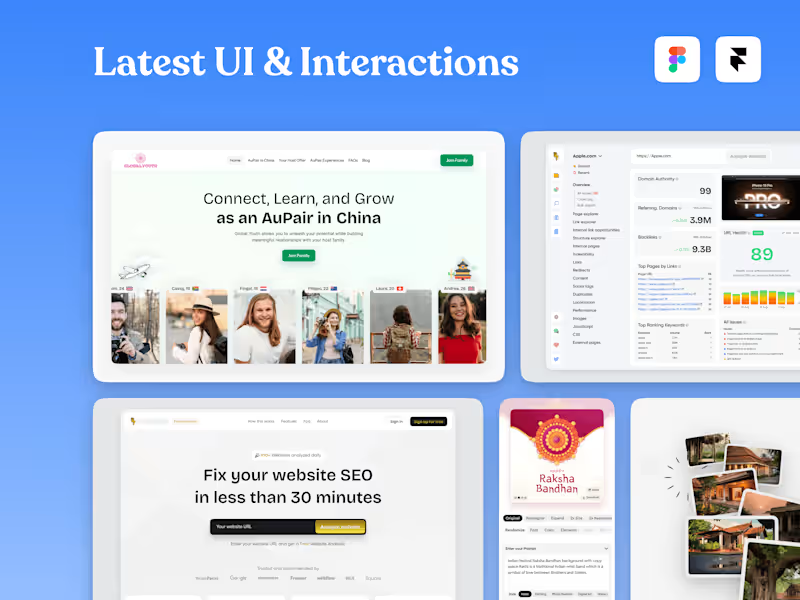

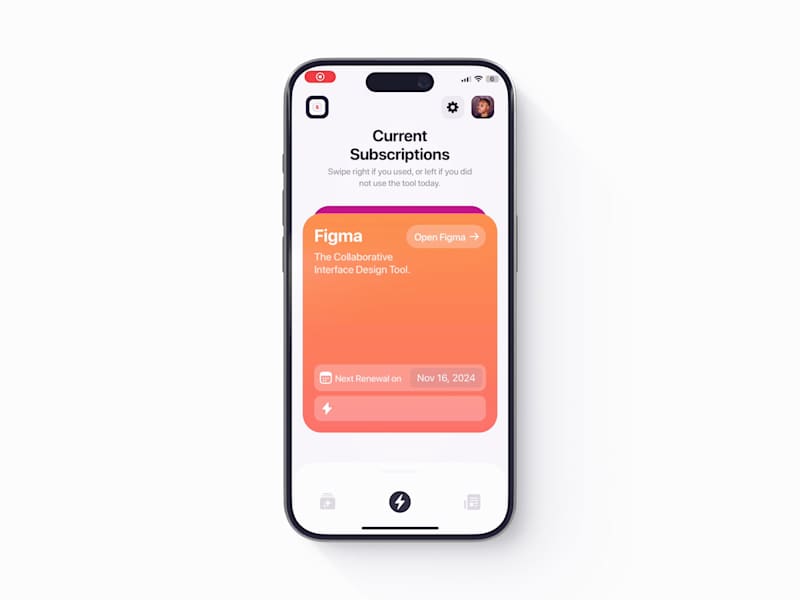
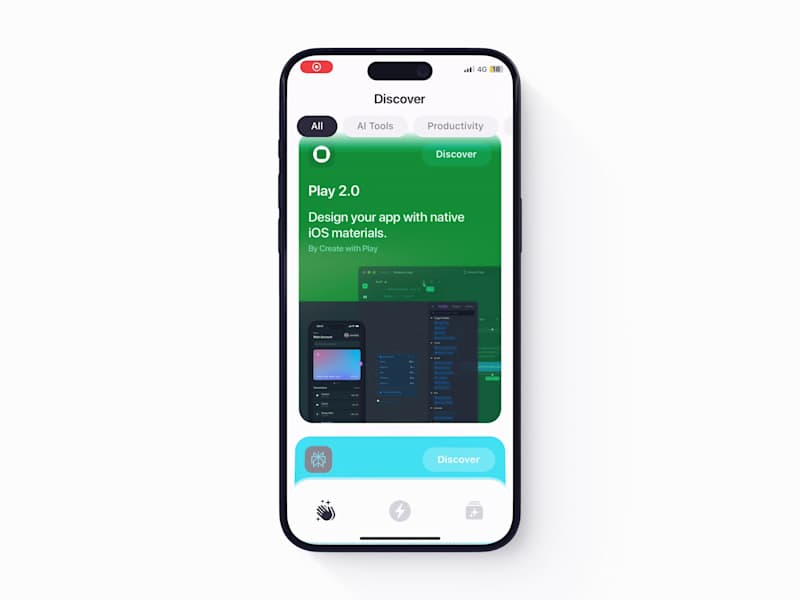

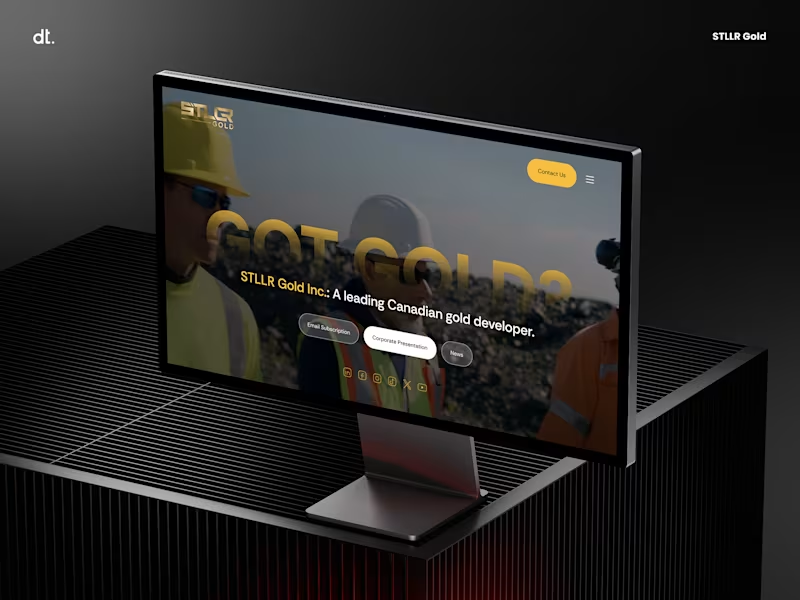

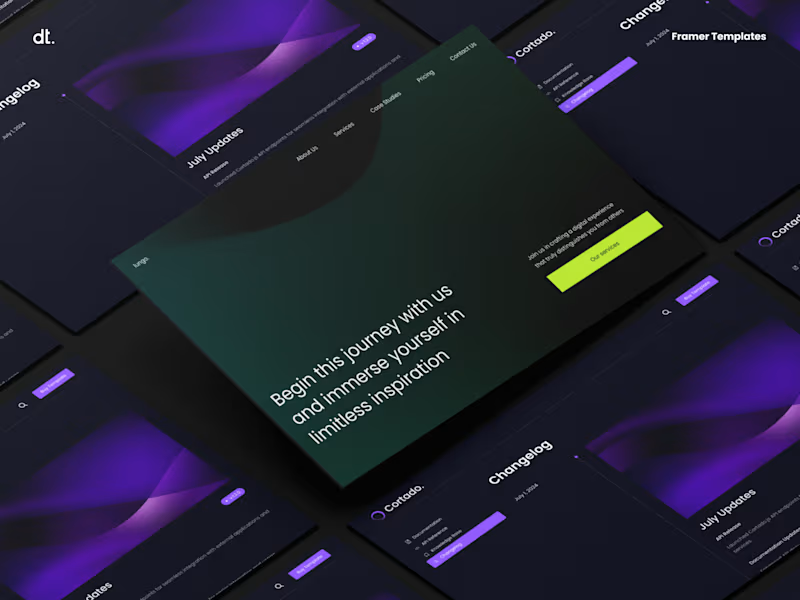
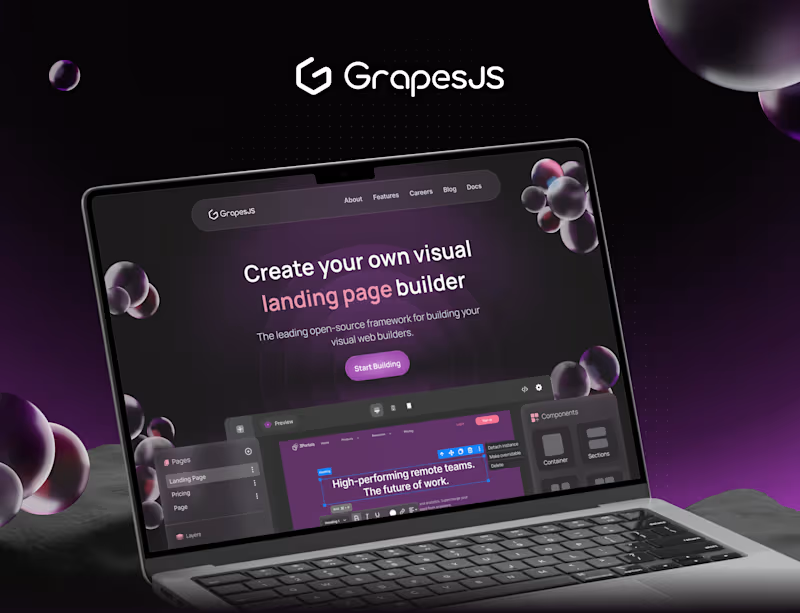
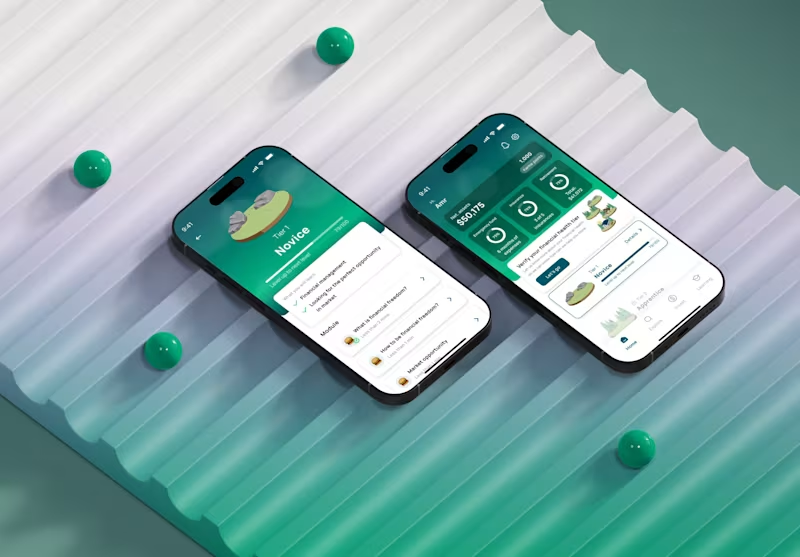



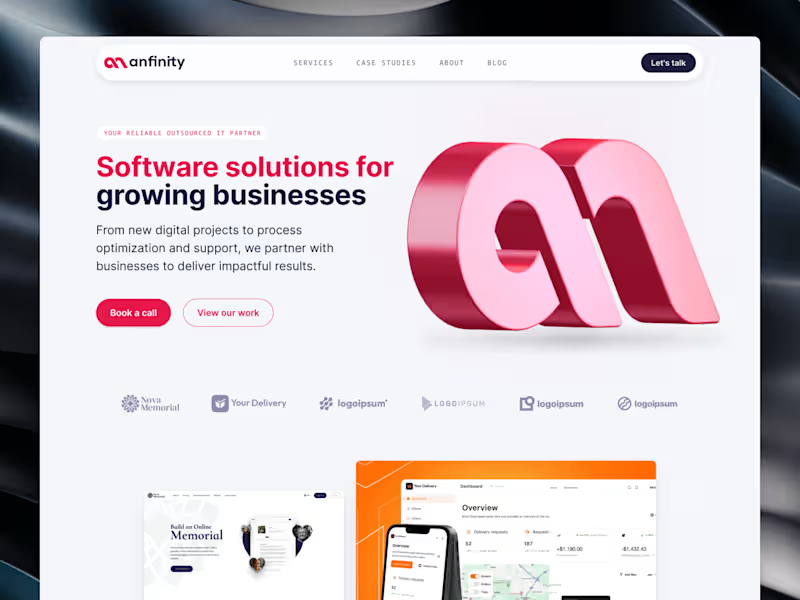
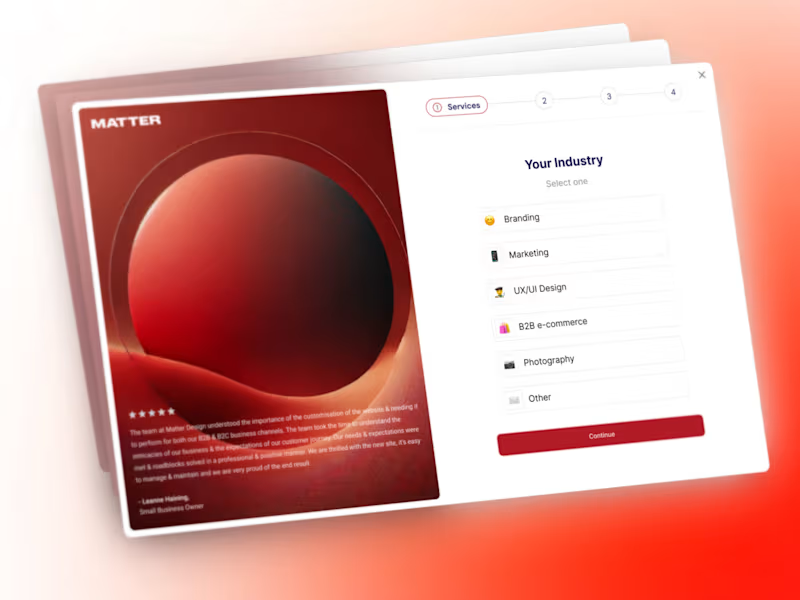



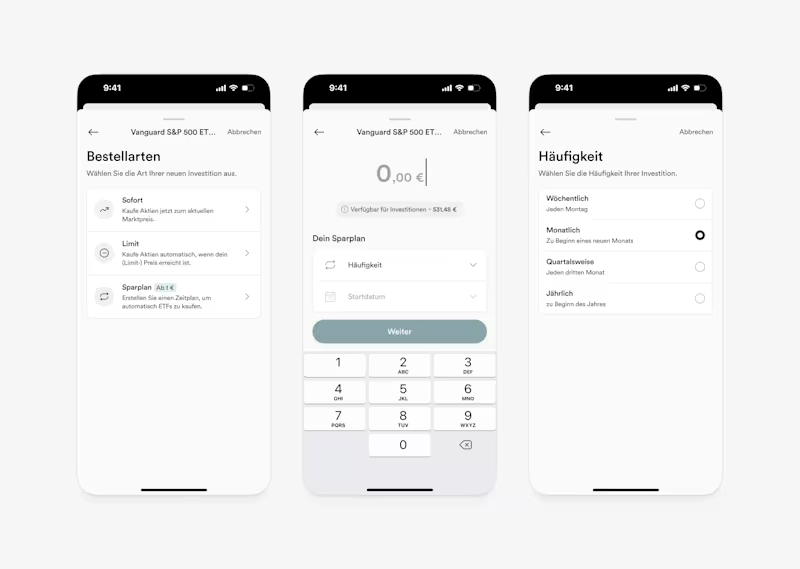
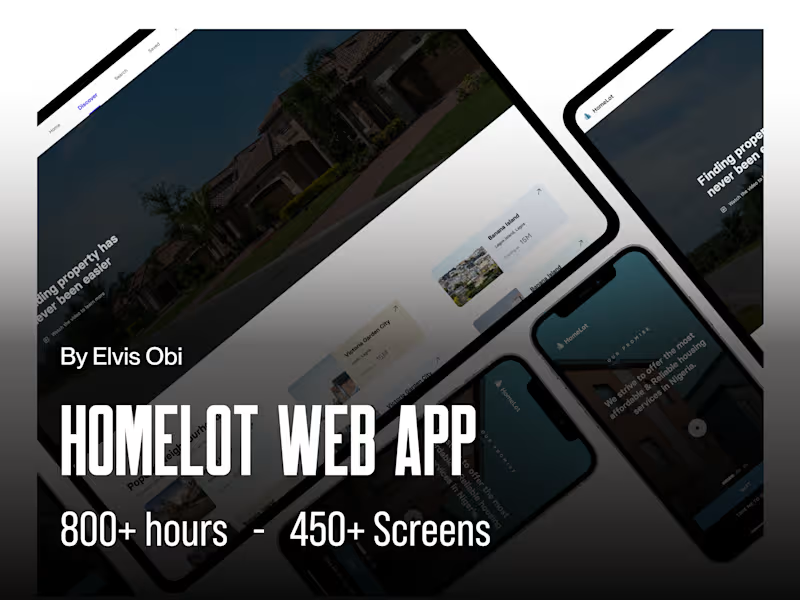

![Cover image for [Game Dev] Max Payne Style Camera](https://media.contra.com/video/upload/fl_progressive/w_800,q_auto,so_auto/wcdspb1f7nvsjcjzltw7.jpeg)
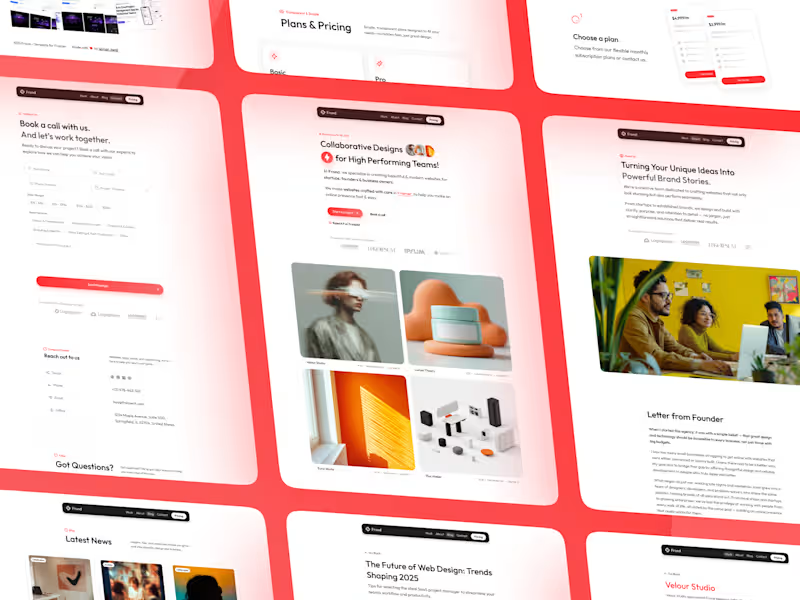





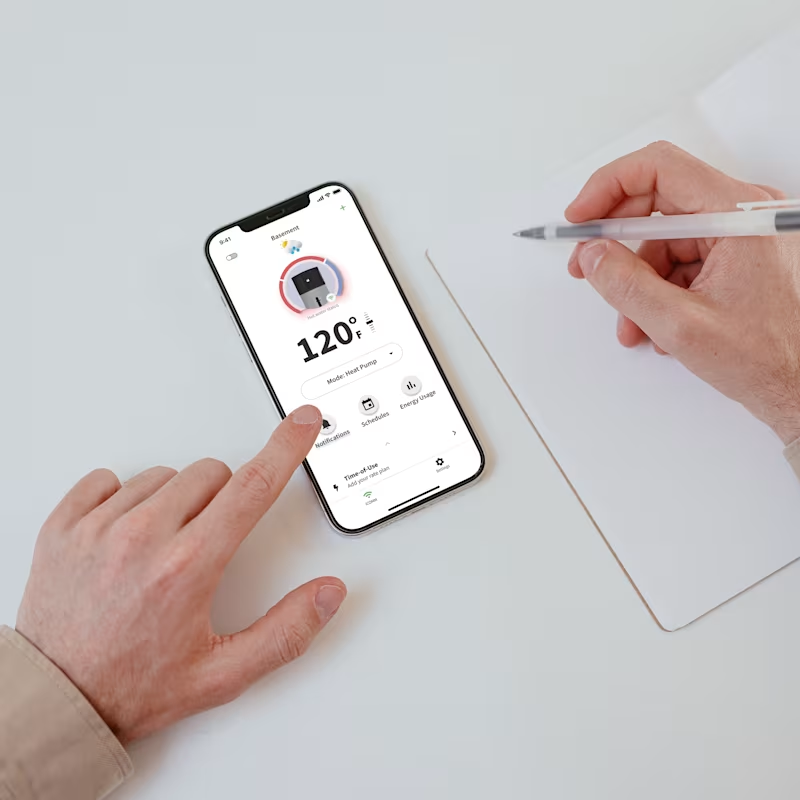
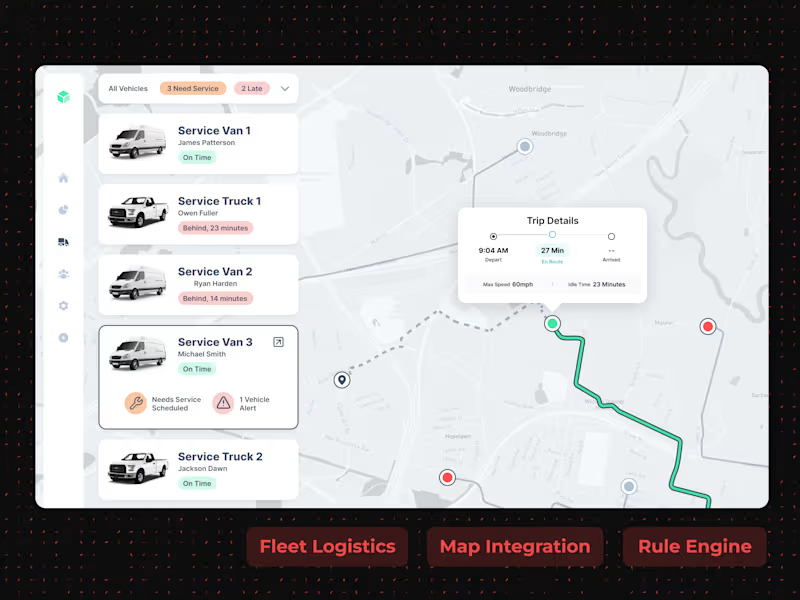
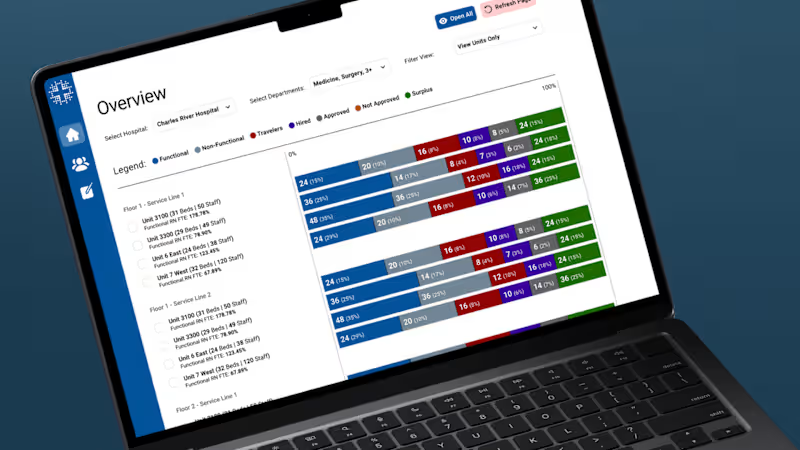




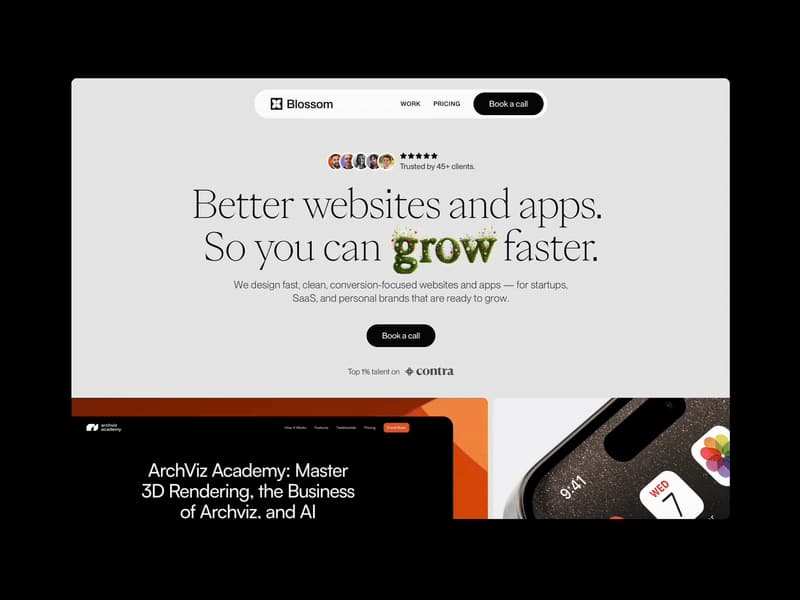


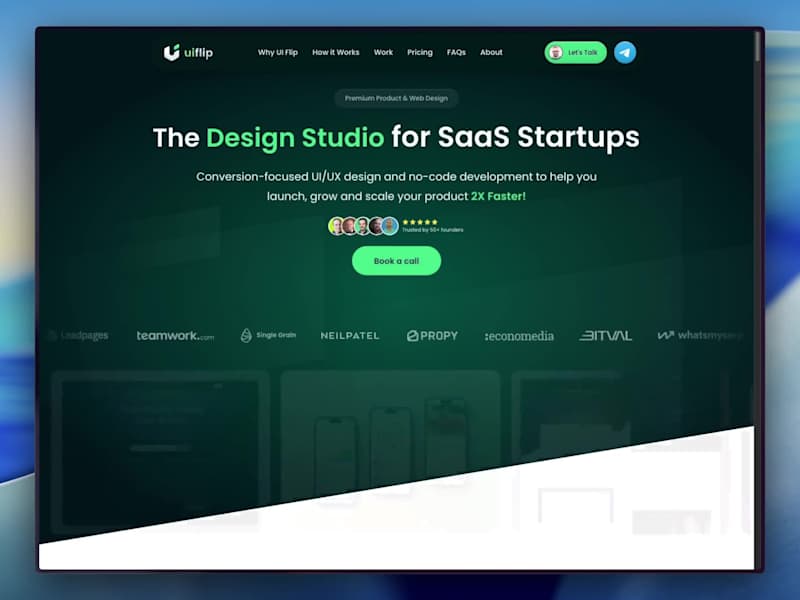

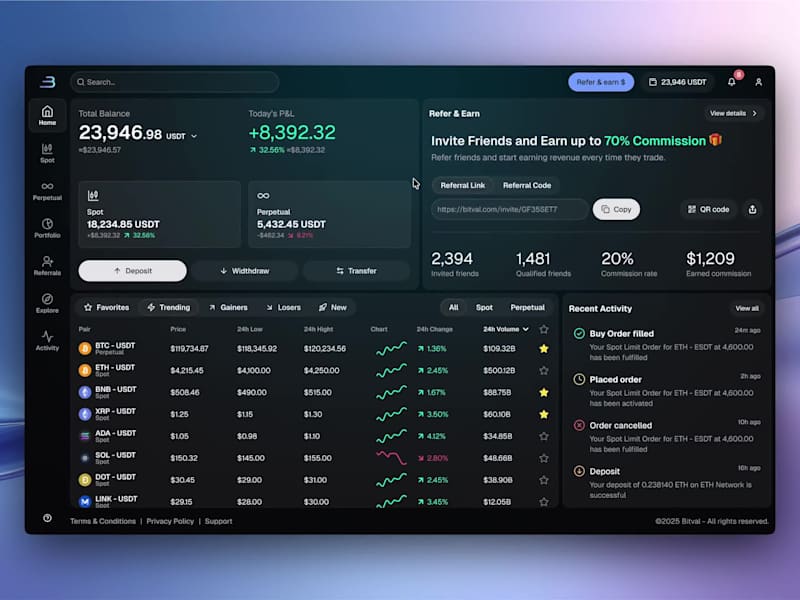


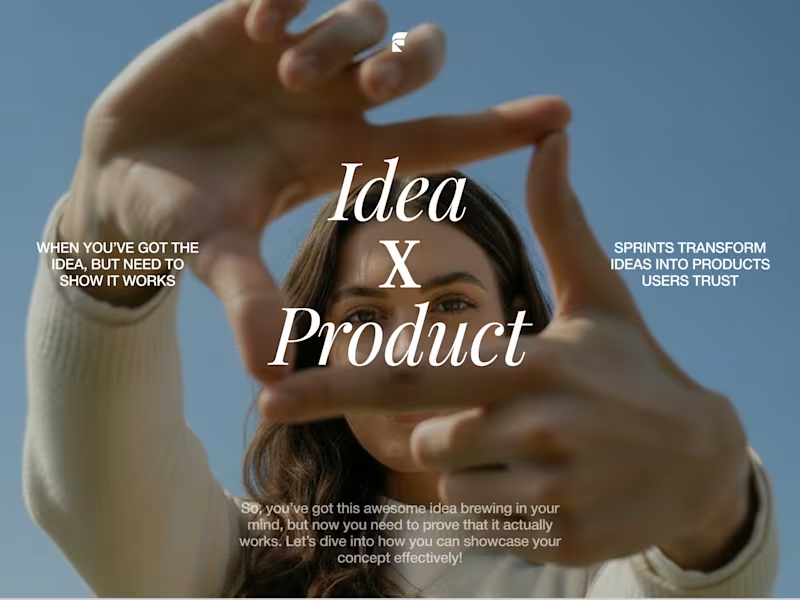
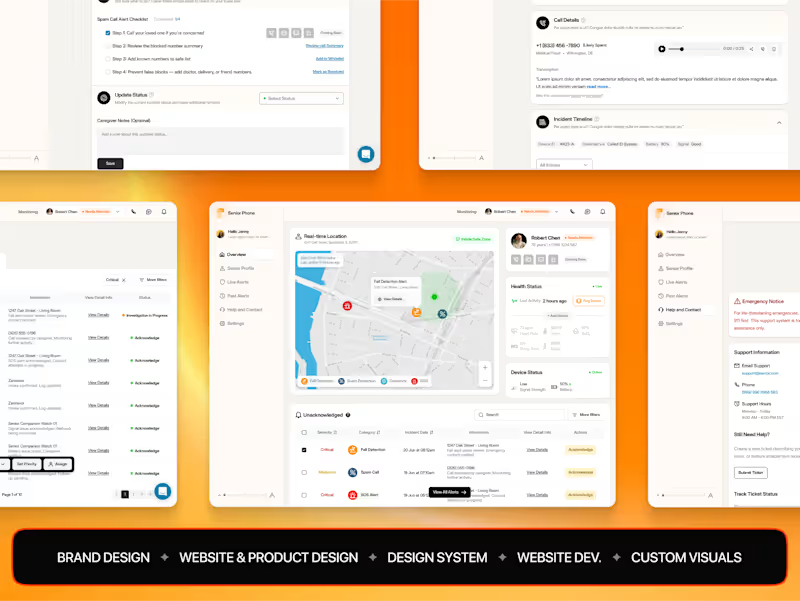
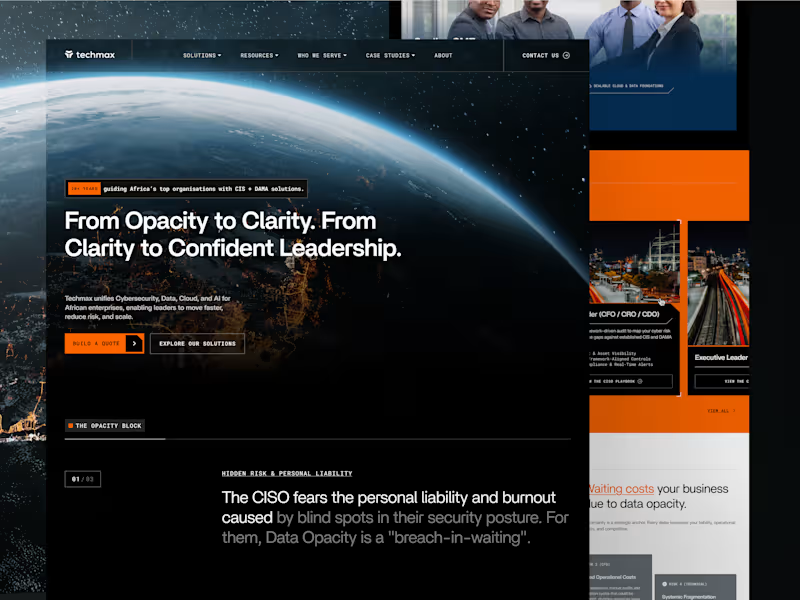
![Cover image for Sales AI Agent [B2B] | Web Dev + UI Design+ Illustration](https://media.contra.com/image/upload/w_800,q_auto/cqztxlaskk3j8gyikos1.avif)

